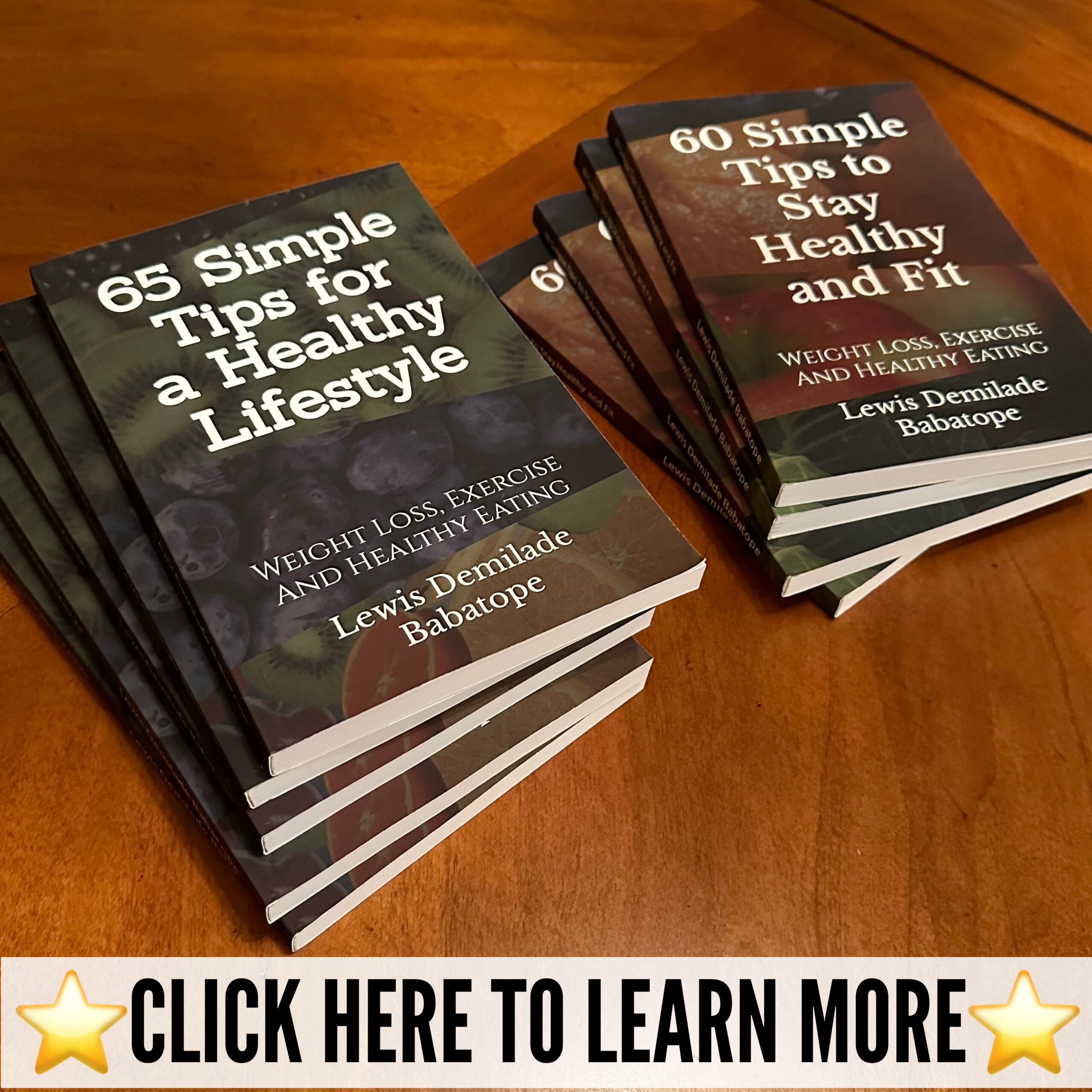11 Ways to Ease Your Lower Back Pain
Aching back slowing you down? The good news is that most lower back pain comes from “mechanical” sources, like muscles, tendons or ligaments rather than more serious issues, like disc disease or bone fractures. Here are some tips for easing and preventing those nagging backaches that come from poor posture, heavy lifting, or muscular imbalances.
Sit with support
How you sit, stand, and lie down can be the difference between Aah and Ouch. When you sit, your abdomen should feel tall, ribcage lifted up out of the belly, with a natural curve in your lower back. Position your hips against the back of the chair and place a small cushion or folded towel behind your lower back to preserve the lumbar curve and keep your front body from collapsing.?
Work ergonomically
If you have a desk job, make sure your monitor is at eye level and you can reach your keyboard with your elbows at your sides.?
Careful in the car
When you get into a car, avoid putting one leg in first and dropping your tilted pelvis into the seat. Instead, lower your hips into the seat first and then rotate both legs into the car. Get out of the car the same way, by rotating your body, putting both feet on the ground, and then standing. Consider a lumbar support cushion for your driver’s seat if you drive often.
Sweet slumber
Sleeping on a mattress that is worn out or too soft is a leading cause of backache.? A medium to firm mattress is ideal for most people.
Carry carefully
Consider replacing your briefcase or diaper bag with a backpack. The weight of the pack should rest against your hipbones, not dangle from one or both shoulders.The next best choice is a cross-body bag that distributes the weight of the bag between your hip and opposite shoulder.
Get that baby off your hip
Don’t carry a baby or small child on one hip. Pushing your pelvis to one side to support the baby throws your whole spine out of alignment. Wear a back or front carrier instead.?
Watch your weight
Belly fat pulls constantly forward and downward on your midsection, and that’s going to tip your pelvis forward and strain your lower back. Heavy hips will sink deeply into the mattress when you sleep and distort your lumbar spine.?
Work your core
Even if you’re slender, weak core muscles are a problem for your lower back and lumbar spine. Be careful with standard situps, leg lifts and crunches, though. You may think you’re working your abs when your lower back or hip flexors, which are already too tight, are picking up the load instead. Try pelvic tilts or reverse curl-ups instead.
Take a midday stretch break
Slide your hips to the back of your chair and plant both feet firmly on the floor, knees wide apart. Keeping a natural curve in your lower back, fold at the hips to bend forward. See what level of stretch feels good to you. You can rest your elbows on your thighs, or lower your body between the thighs and touch the floor with your fingertips. If it feels good, you can even let go of the weight of your head.
Try a little yoga
Cat and cow stretches and child’s pose are gentle ways to work the kinks out of an aching lumbar region. Another favorite is the reclining twist: lie on the floor with both knees pulled into your chest and roll both legs to one side, resting your knees on a cushion if they won’t reach the floor comfortably. Then roll both legs to the other side. Lying flat on the floor is also the safest way to stretch your hamstrings. Stretch one leg toward the ceiling at a time, using a dishtowel or belt looped over the foot for resistance. Hold for 30 seconds to a minute. Try resting on the floor with your calves propped up on the seat of the couch and a folded blanket under your hips to release fatigue in the legs and hips.
Getting help
Make an appointment with a physical therapist or schedule a private yoga session for hands-on learning about safe ways to stretch your tight hips and thighs, strengthen your core, and find blissful relief from lower back aches. You might also book a medical massage — look for a therapist with years of experience and specialized sports or trigger point therapy training rather than a typical relaxation or aromatherapy experience. And of course, if your pain is intense, gets worse with stretching and strengthening, or simply isn’t getting better, you should see your doctor to rule out organic causes.
>>NEXT: Explore These Natural Treatments for Acid Reflux
Related Links:
⭐️4 Benefits of Regular Exercise
⭐️6 Ways Strength Training Slows Aging
⭐️6 Reasons for Feeling Unusually Tired During Exercise

